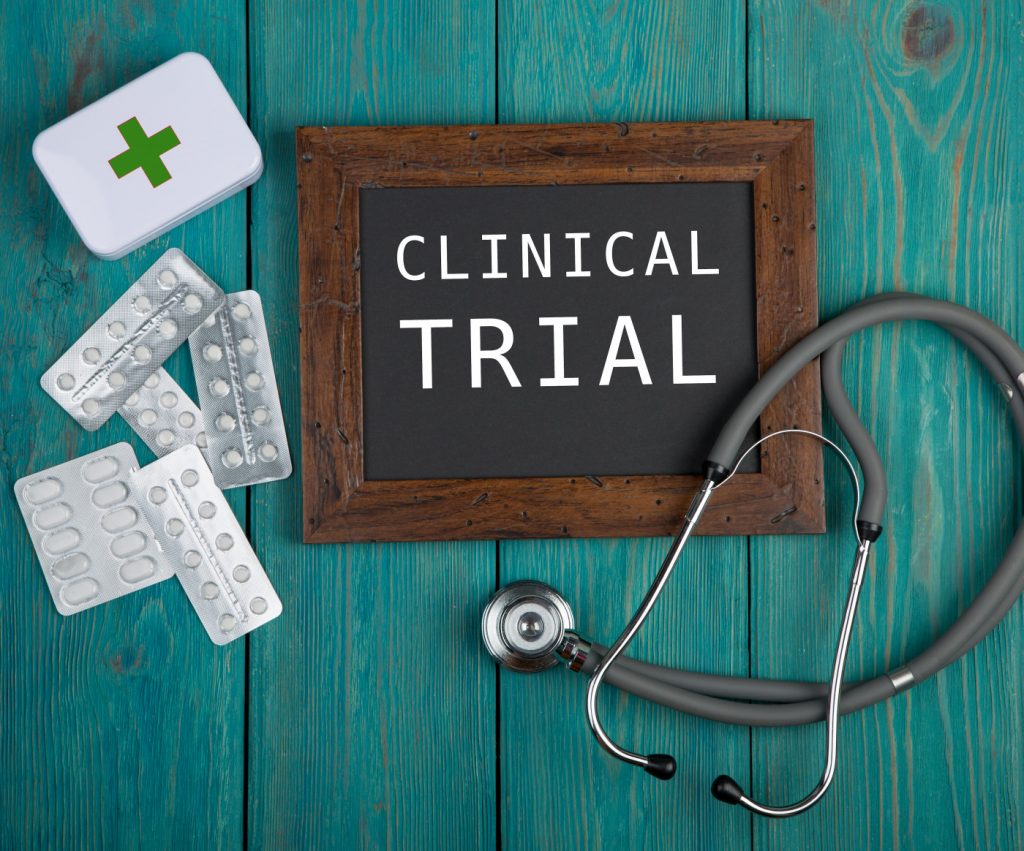Higher-dose Spinraza Trial Now Enrolling Part B After No Safety Issues Found


After finding no safety concerns in Part A of the DEVOTE trial, which is testing higher doses of Spinraza (nusinersen) among people of all ages with spinal muscular atrophy (SMA), investigators are now screening patients for the study’s pivotal Part B, according to Biogen, the therapy’s maker.
Part B, which dosed its first patient last November, is aiming to prove the safety and efficacy of the therapy’s higher dose.
Biogen announced in a press release that the safety evaluation group — Part A of the Phase 2/3 DEVOTE trial — has completed enrollment and arrived at a predetermined time point with no safety concerns.
Two sites within the U.S. are now recruiting, specifically the Stanford Hospital and Clinics, in California, and the Ann and Robert H. Lurie Children’s Hospital of Chicago, with further enrollment anticipated at four more sites by the end of March. Those sites are Children’s Hospital Colorado, Boston’s Children’s Hospital, University of Texas Southwestern Medical Center, and St. Jude’s Children’s Research Hospital, in Tennessee.
Additionally, recruitment is taking place at locations in Colombia, Estonia, Latvia, Ireland, Hungary, Spain, and Taiwan. Biogen, the trial’s sponsor, expects to enroll approximately 152 patients across 60 sites in 26 countries.
Spinraza is the first disease-modifying therapy approved by the U.S. Food and Drug Administration to treat different forms of SMA. Delivered directly into the spinal cord, it boosts the amount of full-length survival motor neuron (SMN) protein made by the SMN2 gene. This gene effectively functions as a backup for the SMN1 gene, which is mutated in SMA.
Although SMN2 normally produces a shorter and more unstable version of SMN, it is typically unaffected in SMA, making it a viable therapeutic target.
Approved in the U.S. in December 2016, Spinraza is given at a recommended dose of 12 mg per treatment for all patients, regardless of disease type or age group. Biogen is now investigating the therapy’s safety and effectiveness at higher doses.
The DEVOTE study (NCT04089566) is organized into three parts, designated A, B, and C.
Part A is open-label, meaning it doesn’t feature a control wing, and evaluates the safety of the therapy’s higher dose among patients ages 2 to 15 with later-onset SMA. These participants will receive three 28 mg doses of Spinraza at 14-day intervals, followed by 28 mg maintenance doses approximately five and nine months later.
In Part B, Biogen aims to demonstrate that higher doses improve patient outcomes, as measured by the CHOP INTEND scale of motor skill ability. During this portion of the trial, individuals with infantile- or later-onset SMA will receive two 50 mg doses 14 days apart, followed by 28 mg maintenance doses at approximately one, two, and six months.
As a control, those receiving higher doses in Part B will be compared with participants receiving the FDA-approved 12 mg dose of Spinraza. That treatment will be given as four initial, or loading, doses, followed by a sham procedure (placebo) given after four months, and maintenance doses of 12 mg of Spinraza at six and nine months.
Also open-label, Part C will evaluate the safety and tolerability of transitioning patients already on Spinraza to higher doses. In this part, adults who have been treated with the standard regimen of Spinraza for at least one year will receive a single initial 50 mg dose followed by 28 mg maintenance doses four and eight months later.
Participants who complete this trial may be invited to continue in a long-term, open-label extension study.
Additionally, those who live far from a trial site may receive travel assistance in the form of ground transportation, flights, and hotels.
The first patient in the DEVOTE trial was dosed in April of last year.
The post Higher-dose Spinraza Trial Now Enrolling Part B After No Safety Issues Found appeared first on SMA News Today.



